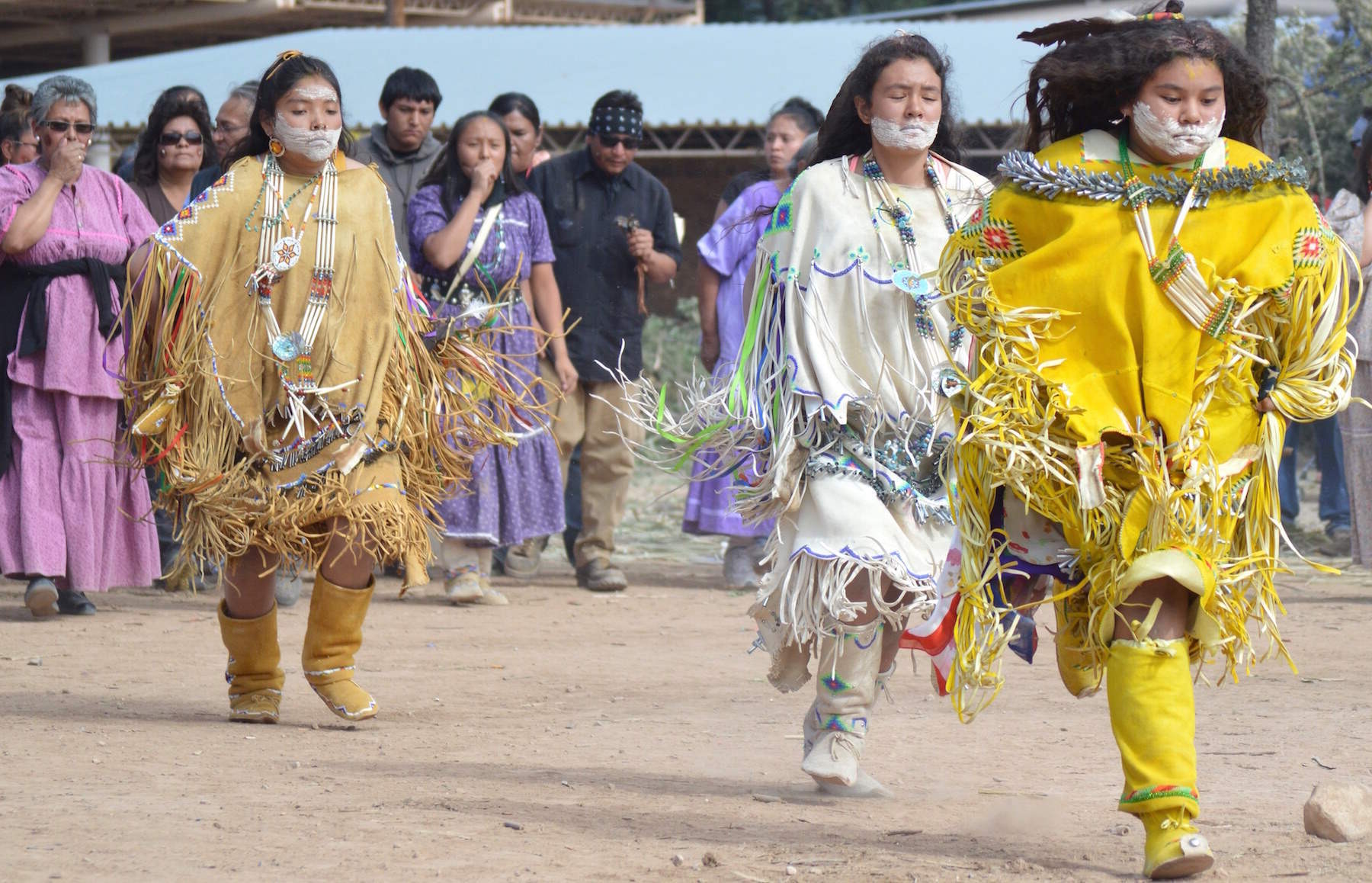
Apache languages are a fascinating group of languages spoken by the Apache people, primarily in the southwestern United States. These languages belong to the Athabaskan language family, which includes languages spoken by various indigenous groups across North America. Did you know that there are several distinct Apache languages, each with its own unique characteristics? From the melodic tones of Western Apache to the intricate grammar of Navajo, these languages offer a glimpse into the rich cultural heritage of the Apache tribes. Learning about Apache languages not only helps preserve these ancient tongues but also deepens our understanding of the Apache way of life. Let's dive into 13 intriguing facts about these remarkable languages!
The Apache Language Family
The Apache languages are a fascinating group of languages spoken by the Apache people, who primarily reside in the Southwestern United States. These languages are part of the larger Athabaskan language family, which includes languages spoken by various indigenous groups across North America.
-
The Apache languages belong to the Athabaskan language family. This family includes languages spoken by indigenous peoples from Alaska to the Southwestern United States.
-
There are several distinct Apache languages. These include Western Apache, Eastern Apache, Jicarilla, Mescalero-Chiricahua, and Lipan Apache.
Western Apache Language
Western Apache is one of the most widely spoken Apache languages. It is used by the Western Apache tribes in Arizona.
-
Western Apache has several dialects. These dialects include Cibecue, San Carlos, White Mountain, and Tonto.
-
Western Apache uses a Latin-based alphabet. This writing system was developed to help preserve and teach the language.
Eastern Apache Language
Eastern Apache, also known as Chiricahua, is another important language within the Apache family. It is spoken by the Chiricahua Apache people.
-
Eastern Apache has a rich oral tradition. Stories, songs, and histories are passed down through generations orally.
-
Efforts are being made to revitalize Eastern Apache. Language programs and classes are being established to teach younger generations.
Jicarilla Apache Language
The Jicarilla Apache language is spoken by the Jicarilla Apache Nation in northern New Mexico.
-
Jicarilla Apache has unique phonetic characteristics. It includes sounds that are not found in English, making it distinct and challenging to learn for non-native speakers.
-
Jicarilla Apache is taught in schools. The Jicarilla Apache Nation has implemented language programs in local schools to ensure the language's survival.
Mescalero-Chiricahua Apache Language
Mescalero-Chiricahua is spoken by the Mescalero Apache Tribe in New Mexico.
-
Mescalero-Chiricahua has a complex verb system. Verbs in this language can convey a lot of information, including the subject, object, and tense.
-
The language is used in cultural ceremonies. Mescalero-Chiricahua is an integral part of traditional ceremonies and rituals.
Lipan Apache Language
Lipan Apache is one of the lesser-known Apache languages. It is spoken by the Lipan Apache Tribe in Texas.
-
Lipan Apache is critically endangered. Very few fluent speakers remain, making language preservation efforts crucial.
-
Lipan Apache has unique vocabulary. Some words and phrases are specific to the Lipan Apache culture and environment.
Apache Language Preservation
Preserving Apache languages is vital for maintaining cultural heritage and identity.
- Technology is being used to preserve Apache languages. Apps, online courses, and digital dictionaries are being developed to help teach and preserve these languages.
The Last Word on Apache Languages
Apache languages are a vital part of Native American heritage. They include several dialects like Navajo, Western Apache, and Mescalero-Chiricahua. Each dialect has unique sounds and structures, making them fascinating to study. These languages are not just communication tools but also carry cultural stories and traditions.
Efforts to preserve and revitalize these languages are ongoing. Schools and communities are working hard to teach younger generations. Technology, like language apps and online courses, plays a big role in this mission.
Understanding Apache languages helps us appreciate the rich history and culture of the Apache people. It also reminds us of the importance of preserving linguistic diversity. So, next time you hear about Apache languages, remember they are more than just words—they are a living legacy.
Was this page helpful?
Our commitment to delivering trustworthy and engaging content is at the heart of what we do. Each fact on our site is contributed by real users like you, bringing a wealth of diverse insights and information. To ensure the highest standards of accuracy and reliability, our dedicated editors meticulously review each submission. This process guarantees that the facts we share are not only fascinating but also credible. Trust in our commitment to quality and authenticity as you explore and learn with us.


